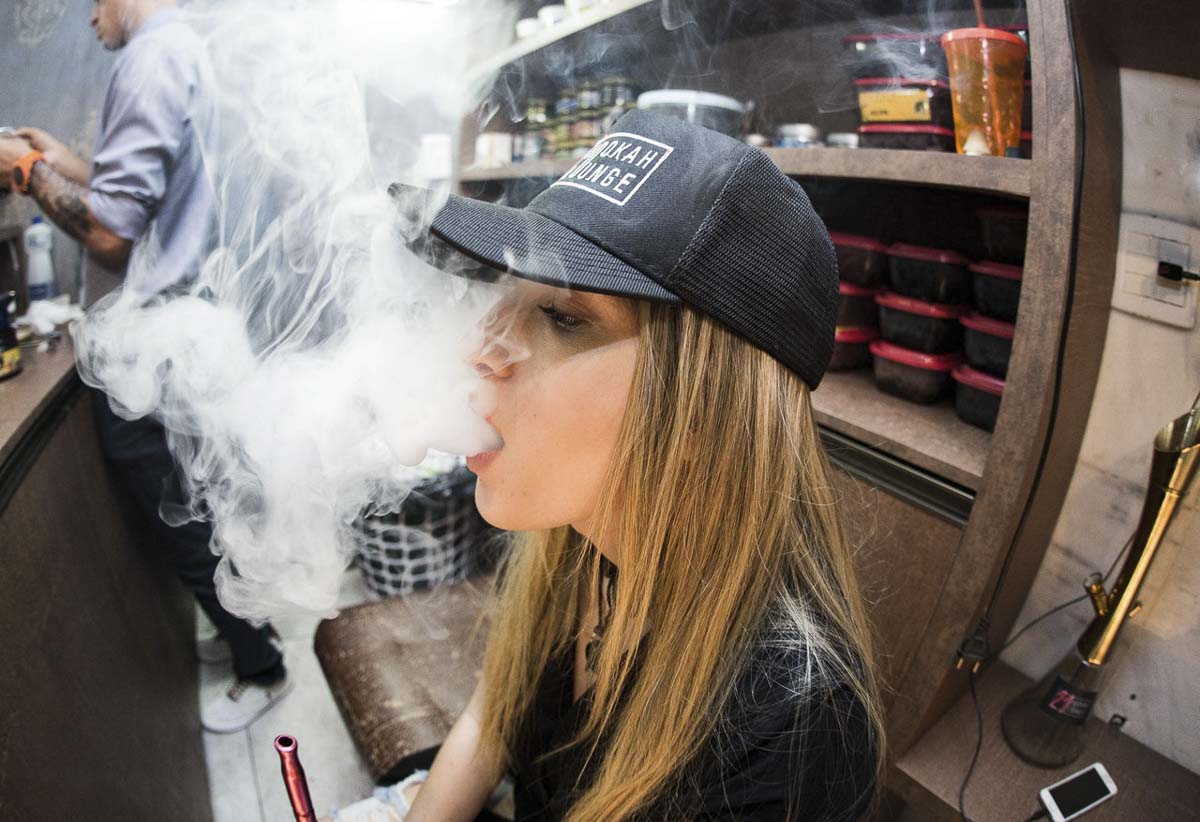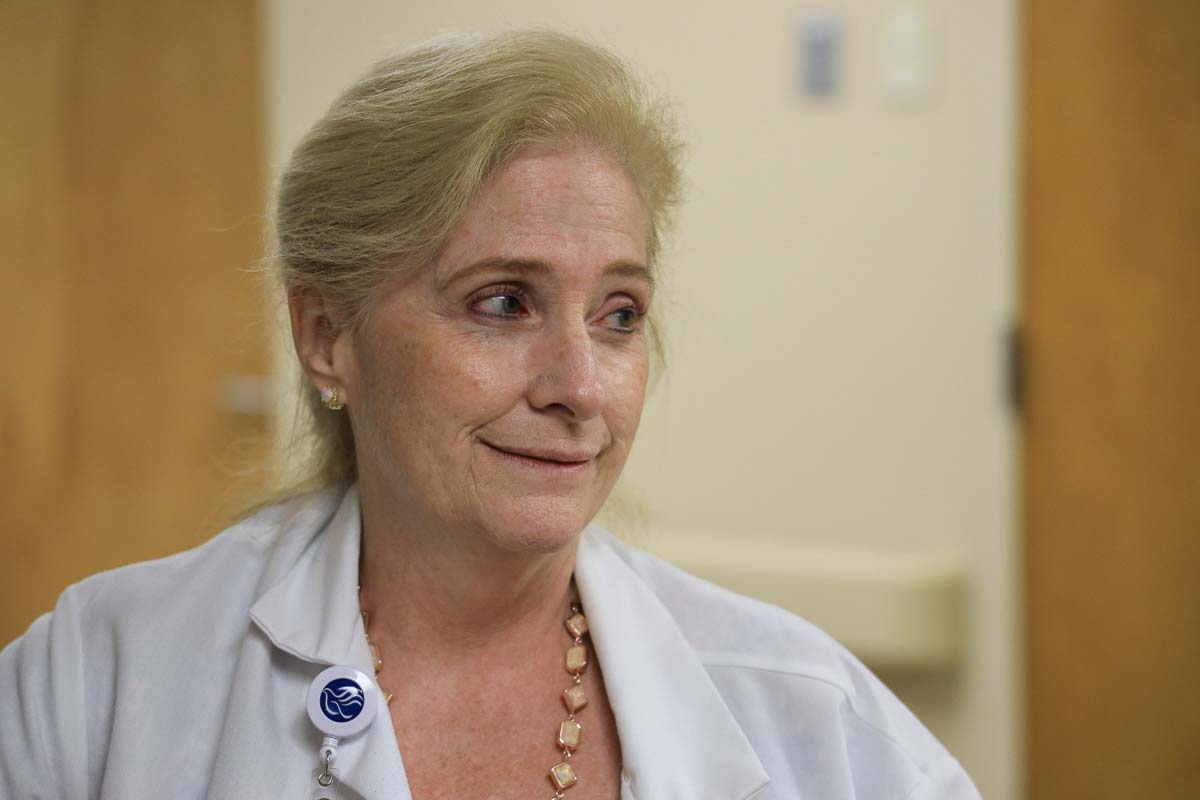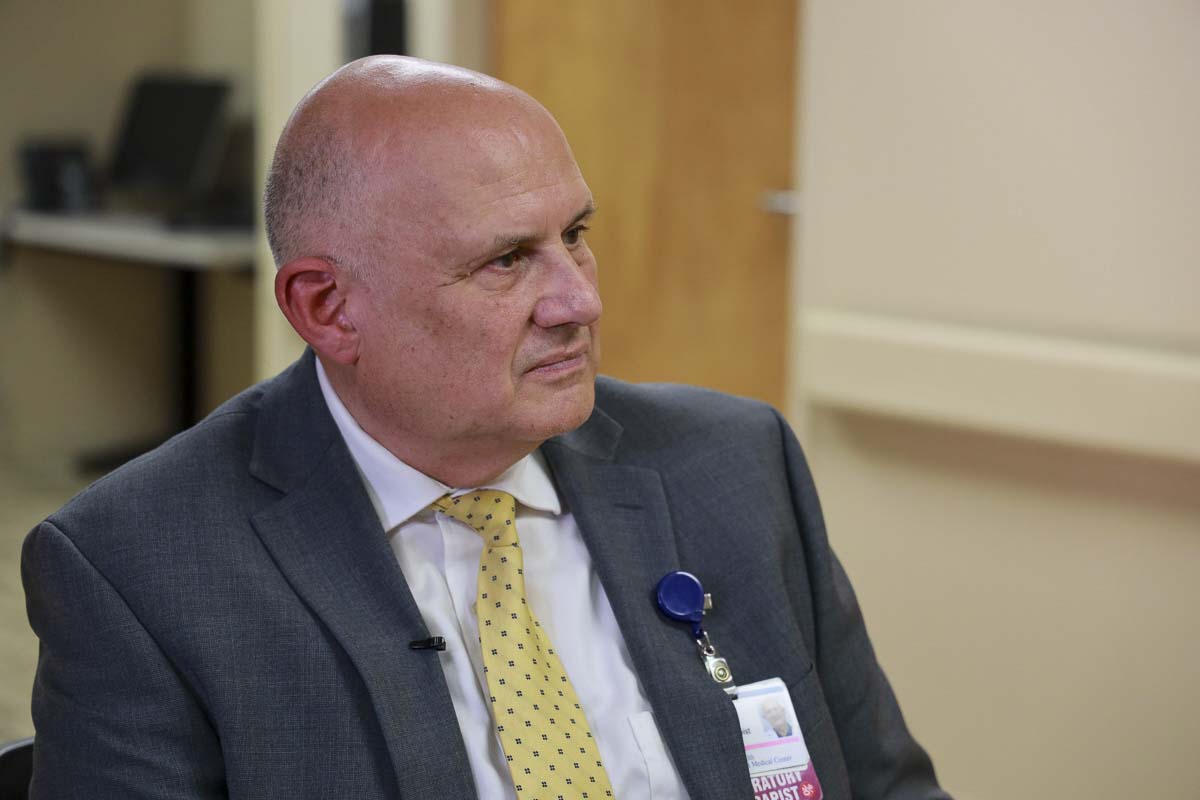“A disease of years, not decades”
VANCOUVER — On Wednesday (Oct. 9), the Washington State Board of Health approved a temporary ban on flavored vaping products, including those containing THC, the psychoactive drug in marijuana. The ban went into effect on Thursday.

“This is a critical part of our response to the youth vaping epidemic and the outbreak of vaping associated lung injury in Washington and throughout the country,” said Washington Secretary of Health John Wiesman in a statement. Wiesman is also a member of the board.
The board’s action this week follows an executive order from Washington Governor Jay Inslee on Sept. 27 that ordered “the State Board of Health (to) use its emergency rulemaking authority to impose a ban on all flavored vapor products, including flavored THC vapor products, at the Board’s next meeting on October 9.”
The vote was not without controversy. Over 200 people testified against it. A number of people could be heard chanting “shame!” prior to the board’s vote on Wednesday.
“This little box saved my life,” said former smoker Mark Berlin, holding up his vaping device. “You will all have blood on your hands. Everyone who returns to smoking … will fall squarely at your feet.”
The board voted unanimously in favor of the temporary ban, which will last 120 days, with one member abstaining.
“I am pleased the State Board of Health agrees we cannot wait to act on this very important public health issue,” Inslee said in a statement released after the vote. “It comes down to protecting the health of Washingtonians, especially young people. These emergency rules will help protect public health and save lives.
Inslee has also asked the state’s Liquor and Cannabis Board to ban any ingredients found to be contributing to a rash of vaping-related illnesses and deaths around the country. At least 2,000 people have become ill, and 23 have died from lung problems connected to the use of vaping products nationwide. In Washington state, seven people have been hospitalized with symptoms, though there have been no confirmed cases in Clark County.
Rita Williams, a nurse practitioner working in pulmonology at PeaceHealth Southwest Medical Group says she wasn’t surprised when the illnesses began popping up. She cites a study released by Harvard last June noting the high risk of lung tissue damage from the chemicals contained in most vaping liquids.

“I’ve been telling my patients ever since then, ‘do not start using e-cigarettes,’” says Williams, “because this is going to be a very deadly disease, it’s going to be quick, and it’s going to be a disease of years, not decades like tobacco.”
One of the key chemicals being looked at by investigators is diacetyl. It has been most commonly used as an artificial butter flavor in some microwave popcorn, and was linked to the infamous “popcorn lung” disease suffered by many who worked in factories making the products.
It’s still not completely clear if diacetyl is the main culprit in the rash of vaping-related illnesses. Most of the larger companies making vaping liquids say theirs do not contain the chemical.
Still, Williams says even the high temperature of the vapors inhaled by e-cigarette users can be damaging to lung tissue.
“One puff on an e-cigarette causes the oxygenation of the tissue of the airways to become hypoxic, meaning the saturation of oxygen in that tissue is 88 percent or less,” says Williams. “When your cells don’t have enough oxygen, they can either die, or if they do survive and they’re replicating, they’re going to replicate incorrectly.”
That can lead to greater risk of long-term issues such as emphysema, lung cancer, or bladder cancer.
“Kids who start vaping, and they’ve been vaping for only a few months, become sick and end up in the hospital on ventilators,” says Dr. Keith Jackson, a respiratory therapist working out of PeaceHealth Southwest. “Those that don’t die end up with some permanent damage to their lungs. They’ll be permanently crippled.”
While e-cigarette makers defend their devices as a safer alternative to regular cigarettes, Jackson says his belief is that it’s just a way to hook teenagers who’ve been turned off to smoking.
In the mid 60s through the 1970s, nearly 30 percent of high schoolers smoked cigarettes. That number is now below 8 percent for the first time, and most of those are teenagers who come from low income households.
That would be a great victory, Jackson says, except for the fact that teenagers are seemingly replacing one drug-delivery device for another.
“Vaping is now 27.5 percent in high school,” he says.
And it’s not a wave of new companies behind the trend. Juul, one of the largest e-cigarette makers, was recently purchased by tobacco giant Phillip Morris for $13 billion. The acquisition came on the heels of Juul losing money over allegations it had marketed its devices and vaping liquids to teenagers. The devices look similar to USB sticks, and can even be plugged into a computer to charge. Until last year, the company marketed its vaping juices with colorful labels and catchy names.
“It’s one front. It’s not two fronts,” says Jackson. “It’s manned by the same people.”

About the argument that vaping helps cigarette smokers quit, Williams says she doesn’t see it as “quitting.”
“I think what we have to look at is, is ‘quitting’ meaning you’re switching from one substance to another? To me that’s not quitting,” she says. “With vaping, that delivery system comes with additives that are even more harmful.”
Williams recalled that decades ago a fellow practitioner actually bought cigarettes for a woman, now a patient of hers, as a way to lose weight.
“We’re doing the same thing with e-cigarettes. ‘Oh, this will help you quit smoking tobacco cigarettes,’” says Williams. “Albeit, it’s still going to give you emphysema, and it’s still going to give you some kind of cancer.”
The 120-day ban on flavored vaping products will take it into the start of the 2020 legislative session, where it’s likely lawmakers will look at possibly taking longer-term action on the issue.




